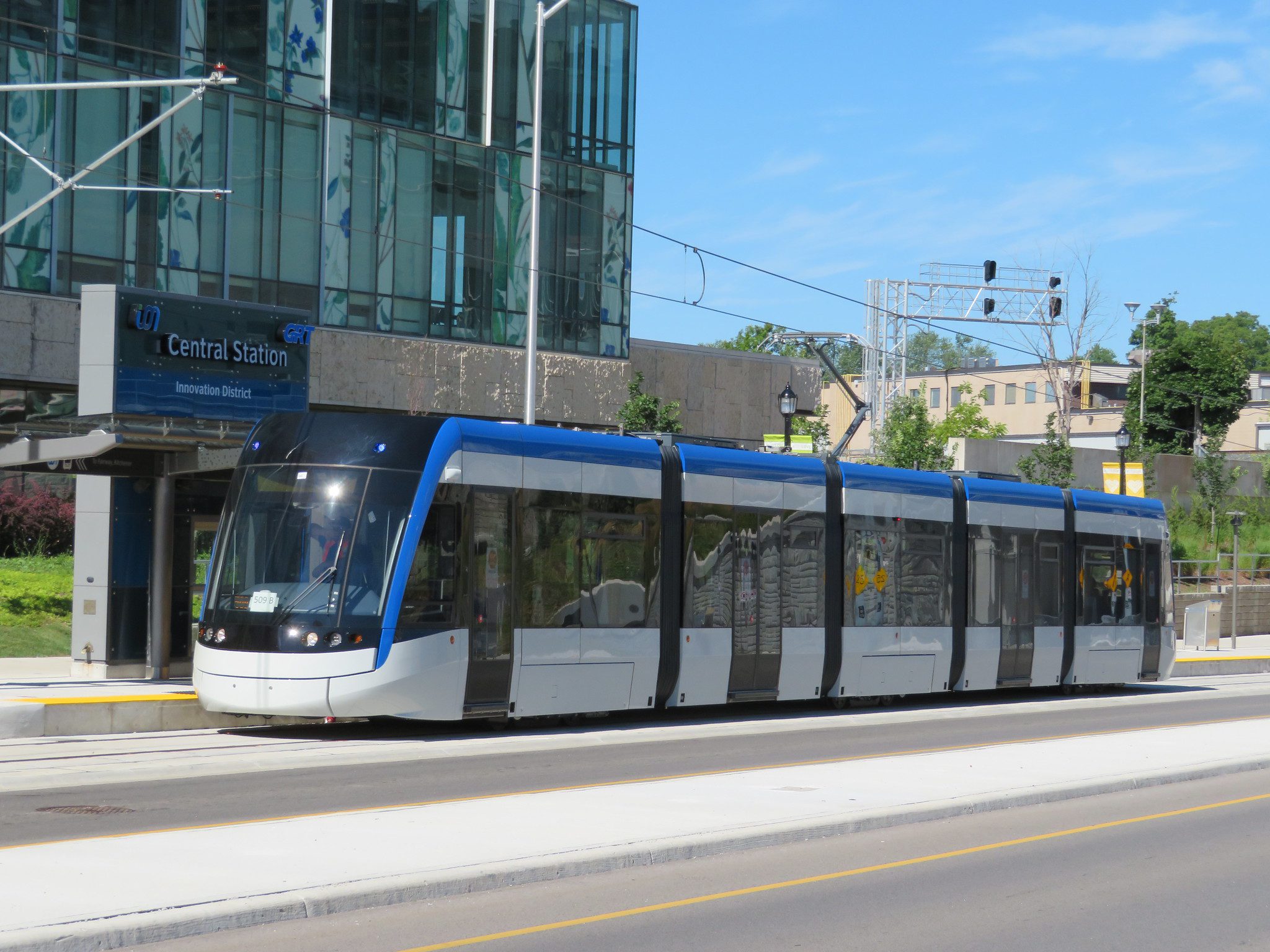It’s a bold and sustainable plan with ideas that can be leveraged by communities across Ontario!
This is guest blog by Kevin Thomason
A visionary Waterloo Regional Official Plan update that focuses on sustainable Smart Growth instead of ever-expanding sprawl, was approved August 18th, 2022 with an impressive 14 to 1 vote. This sends a strong message about this bold progressive plan for the next 30 years, which has been broadly embraced by citizens across Waterloo Region.

Similar to previous pioneering Regional Official Plans that have helped Waterloo Region become a planning and Smart Growth leader, this progressive plan with will continue to transform the Region’s communities over the coming decades to make them more livable by focusing on:
- Sustainability
- Climate Action
- Intensification
- Farmland protection
- Housing choice/Affordability
- 15-minute complete walkable neighbourhoods
Written with a very strong climate focus this plan will help to ensure that our Region continues leading with continued urban core renewal, more active transportation, new public transit options including potential expansion of Light Rail Transit (LRT), minimal farmland loss, and a focus on the missing middle to create more affordable housing options for all ages throughout our communities.
Check out a video about the new Waterloo Region Official Plan
Last week, Regional Council voted to adopt the growth components of the Regional Official Plan (ROP) amendment. The plan looks to achieve our growth vision for an inclusive, thriving, and sustainable #WaterlooRegion.
Explore the plan at https://t.co/Foe8iVWulM pic.twitter.com/Ar2yhYs4ur
— Region of Waterloo (@RegionWaterloo) August 23, 2022
In a pitched battle lasting over two years, concerned area citizens fought developers and land speculators who were pushing for thousands of hectares of sprawl and farmland loss. In the end, it was decided that only 150 hectares of urban expansion would be permitted – with almost none of it going to the existing cities of Waterloo, Kitchener, and Cambridge. Instead, it will be allocated to rural communities to help provide the space needed to create complete communities, as some towns require more housing opportunities for seniors and a rapidly aging population, with other towns requiring more stores and services so residents don’t have to travel to distant cities for daily essentials.
Thus, through intensification and complete communities, 300,000 new residents will be accommodated over the next 30 years with just 150 new hectares of expansion being permitted. There will also be 178,000 new jobs created on 456 hectares of new employment lands that are to be developed at unprecedented densities and levels of intensification, as farmland loss is minimized and higher efficiencies are sought from businesses.
Over the next two years, there will be an opportunity to further this plan with even more progressive elements as additional sections on Green Development Standards (GDS), aggregates, and Source Water Protection are updated.

Learn more about the plan here:
Or engage on our visual story map of the Regional Official Plan here:
 This is a guest blog by Kevin Thomason, Vice-Chair of the Grand River Environmental Network
This is a guest blog by Kevin Thomason, Vice-Chair of the Grand River Environmental Network









